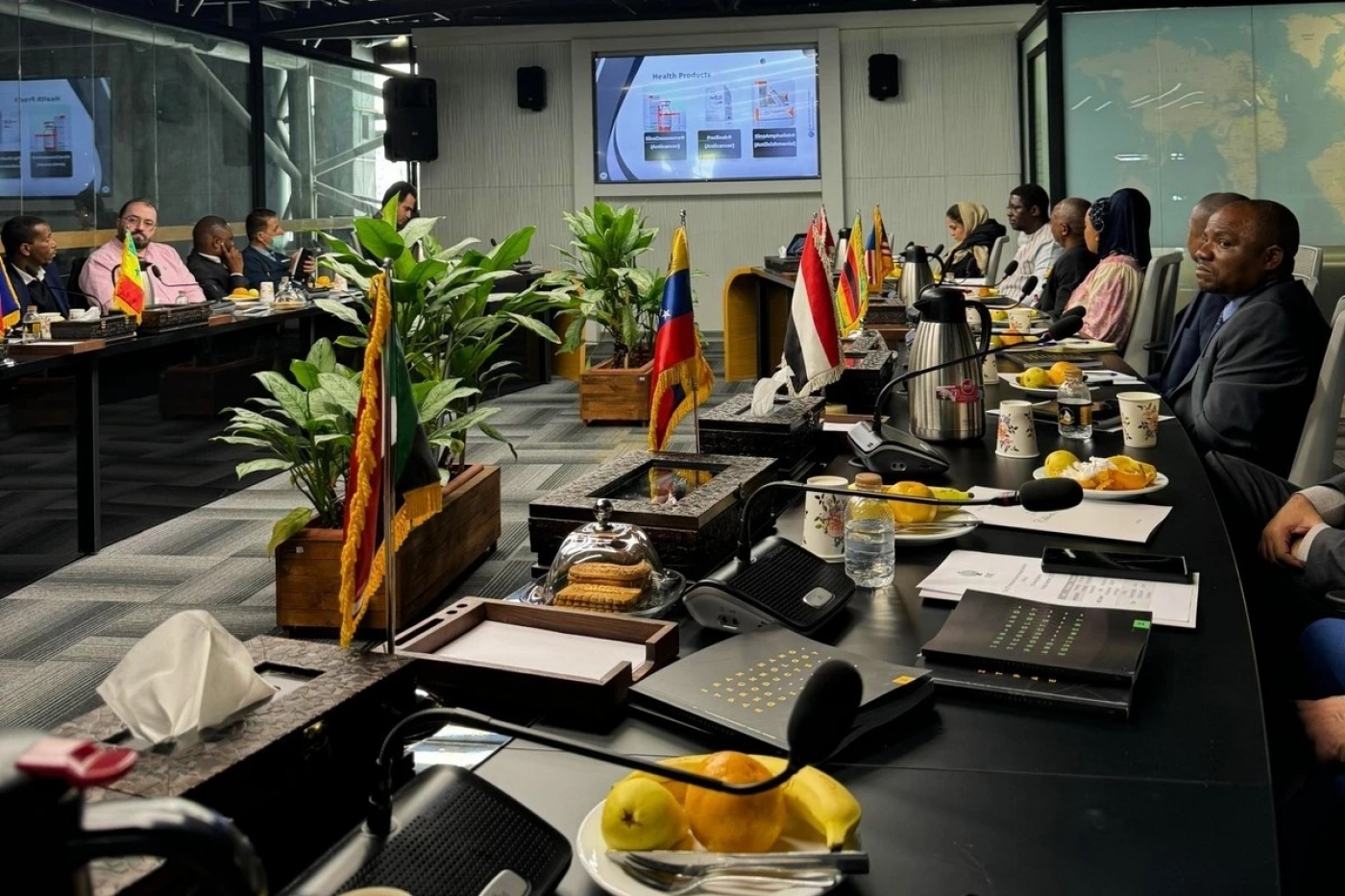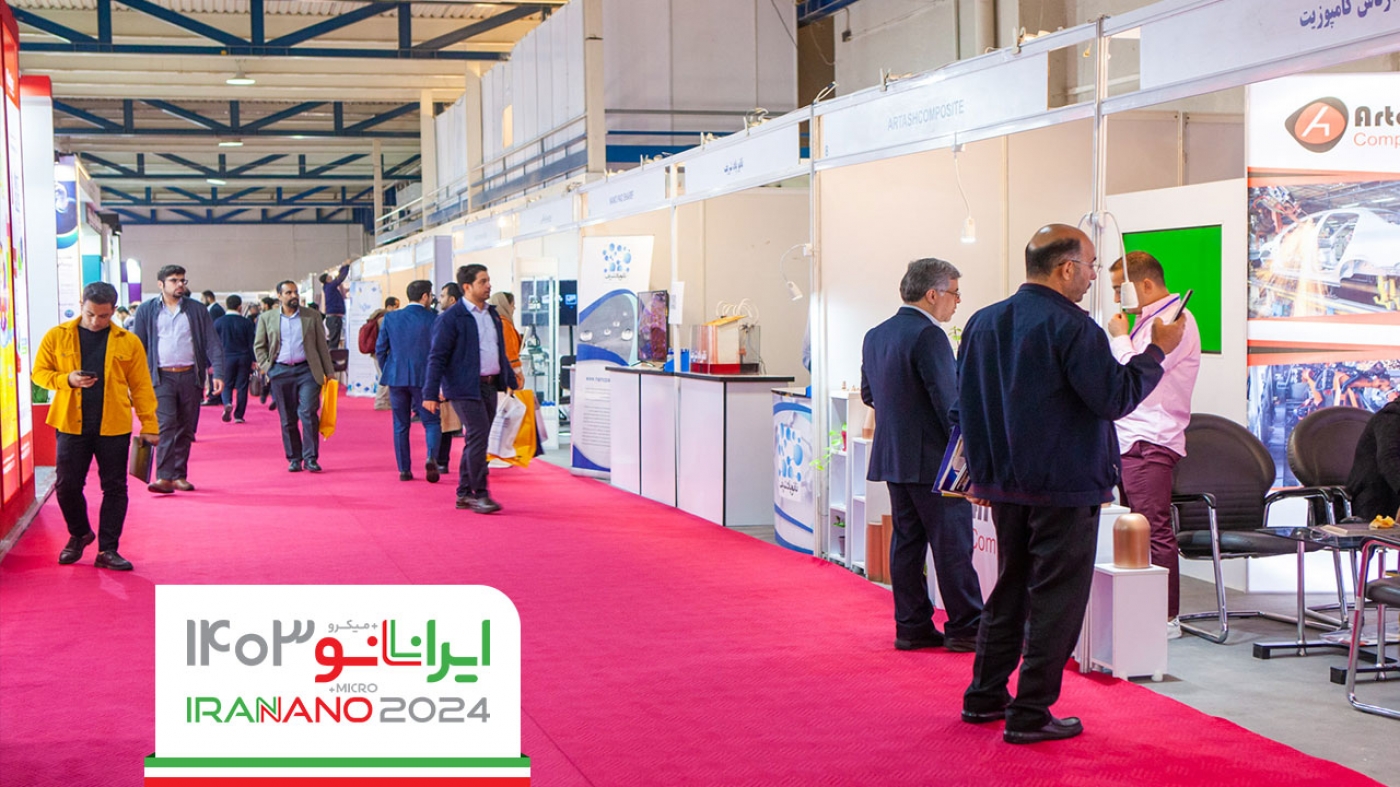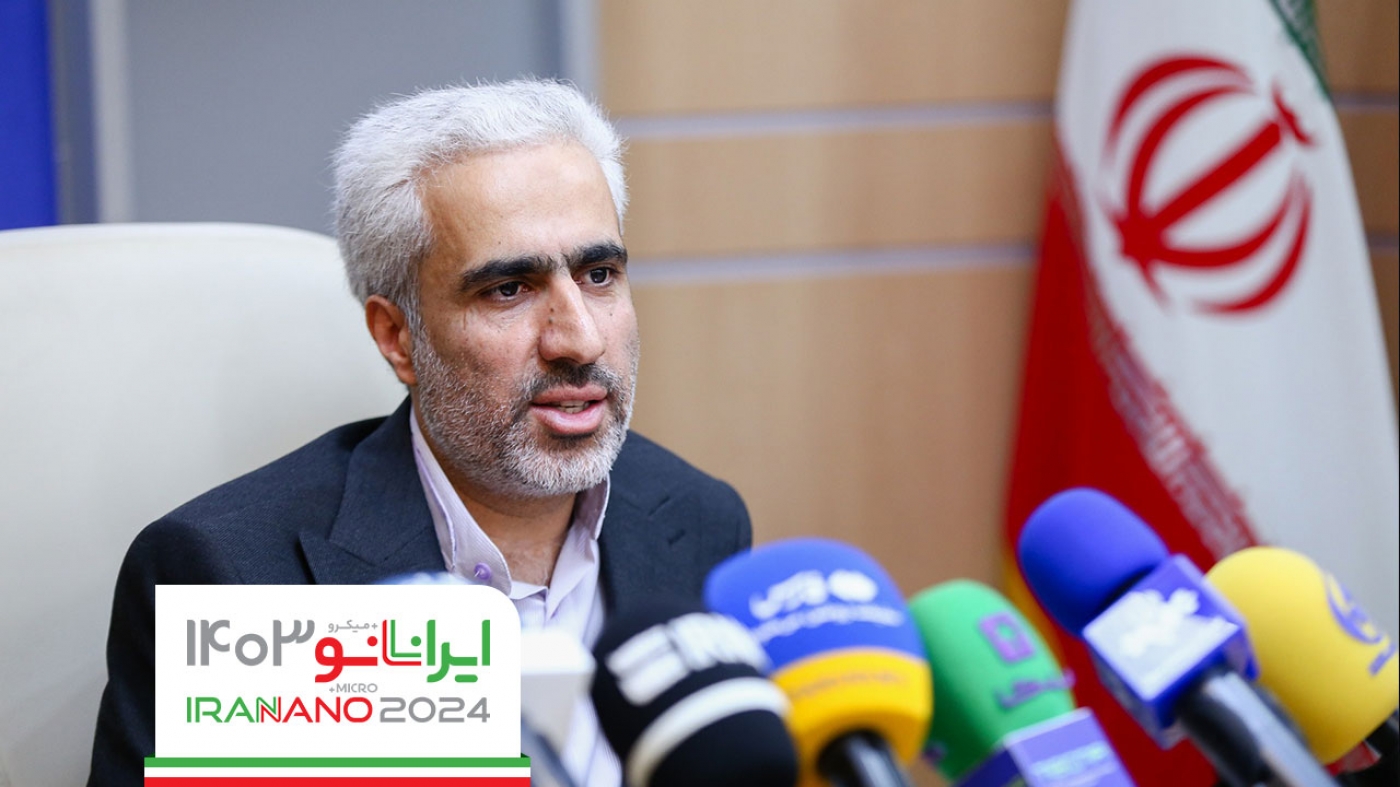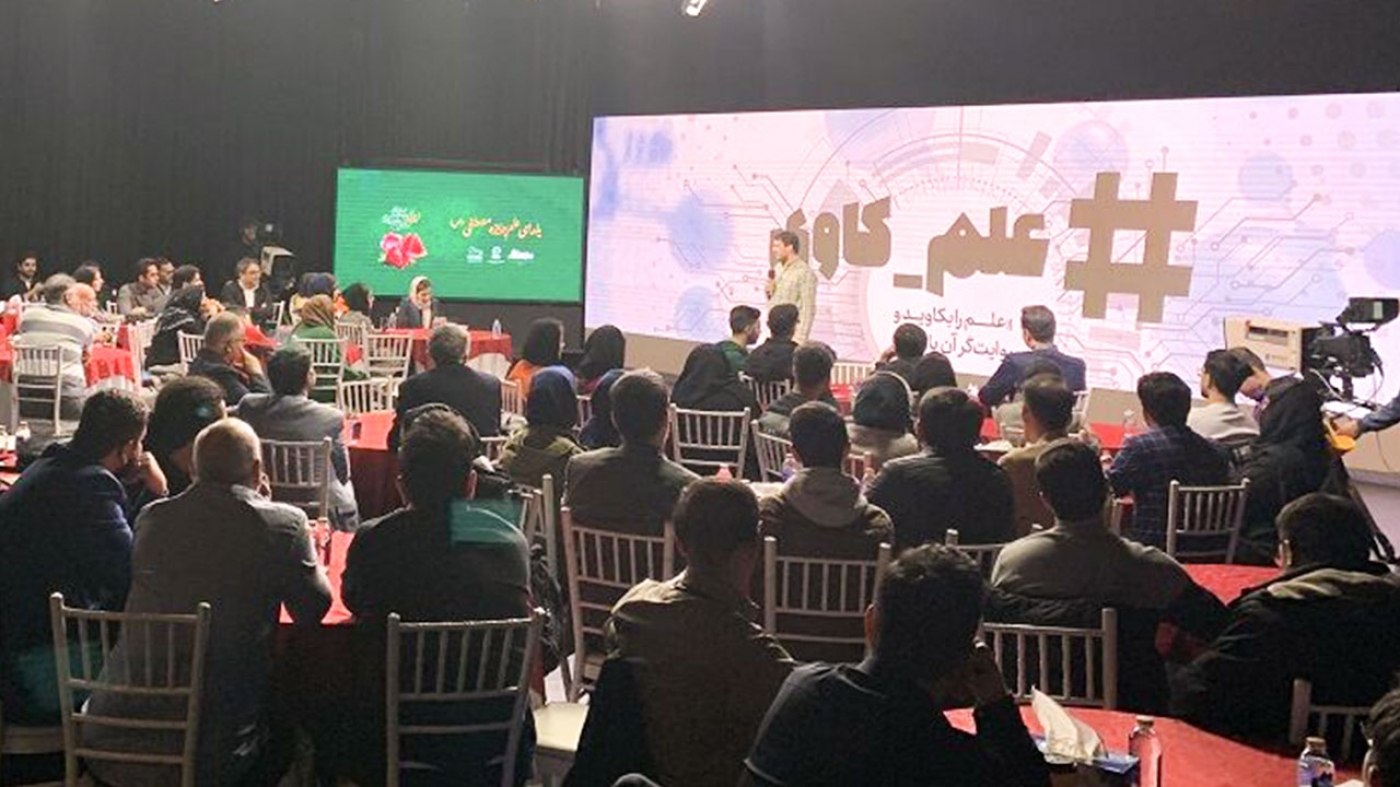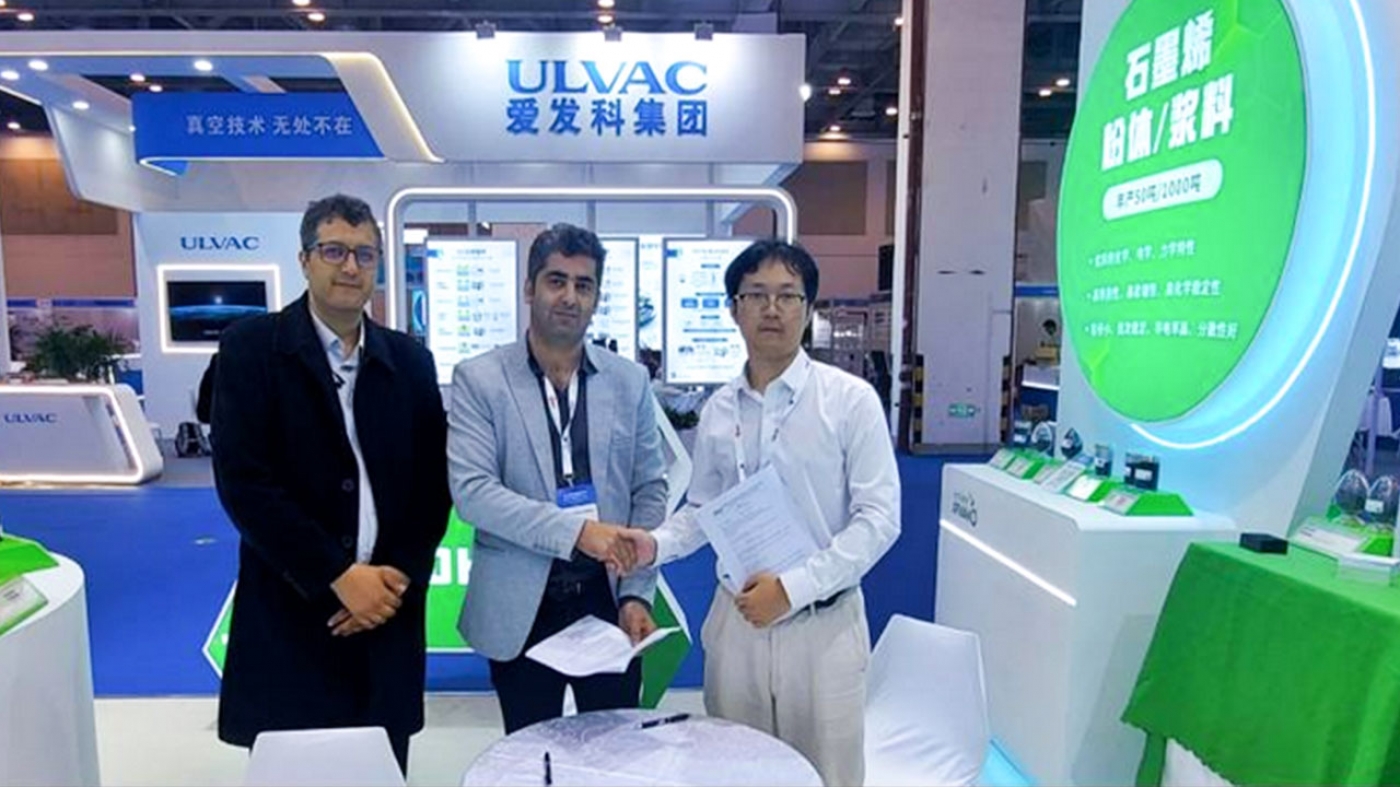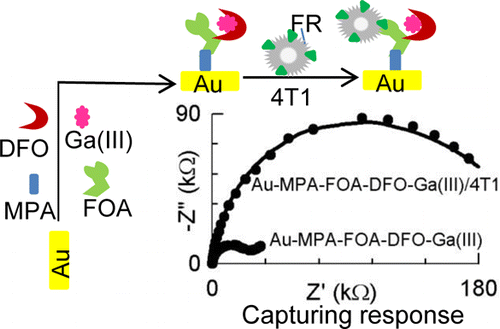
Researchers at University of Isfahan have designed a pharmaceutical nanosystem capable of simultaneous usage in imaging and cancer therapy. At present, the design and manufacturing of drugs have been successful on a laboratory scale.
According to Dr. Reza Karimi Sharudani, a faculty member in University of Isfahan, the present research project introduces a targeted system with bilateral application in drug delivery for cancer therapy and imaging.
"At present, the biomedical application of targeted folic acid-based drug delivery systems on human tissues is placed in the experimental stage, but thanks to their positive results, these systems will play an important role in cancer therapy in the forthcoming future. Hence, we have developed a targeted system based on deferoxamine and ion-gallium (III)-conjugated folic acid at the surface of a gold electrode, and evaluated their capability to attack hunting cancer cells" said Karimi, while explaining the materials used in these nanosystems.
"This system has been designed at both nanoscale and molecular scale. While the primary studies on the physicochemical properties of these systems are done at the surface of the gold substrate, the next phase of these investigations is now ongoing on a gold nanoparticles" he added.
"The used method is an efficient and green one, namely, all constituents of this drug are oral and beneficial medicines for humans separately. In fact, we have strived to use the full exploitation of interesting features of gold and gallium, as two factors of increased resolution in this method. These materials are also linked to a system of folic acid (as the targeting factor) and Deferoxamine (as a gallium complexing agent benefiting from a medicinal property for cancer treatment) simultaneously. As an interesting point about the system of folic acid and Deferoxamine -gallium complex, it serves as a biocompatible and radiant sensitive metal in the imaging after attaching to the gold surface, so that it still retains its ability to efficiently attack cancer cells" Karimi explained how the system is made.
This research work was conducted in collaboration with Dr. Reza Karimi Sharudani, a faculty member at University of Isfahan, Fatemeh Yaghoobi and Mostafa Torabi, PhD students in Chemistry, and Dr. Marzieh Samii Frushani, a postdoctoral researcher at University of Isfahan. The results of this study have been published in Journal of Physical Chemistry C (IF: 5.4).
Source: http://pubs.acs.org/doi/abs/10.1021/acs.jpcc.6b06066
